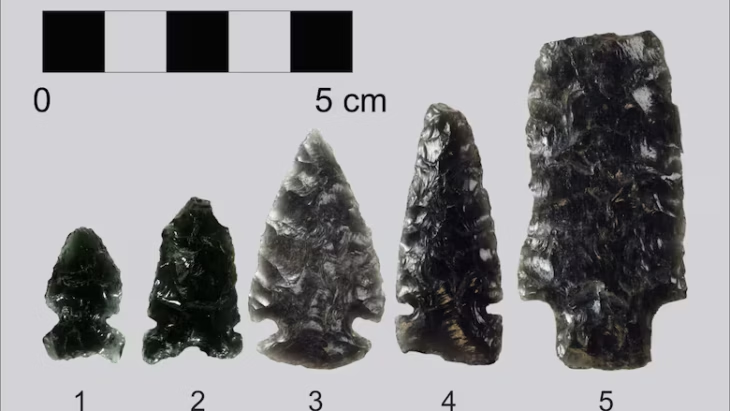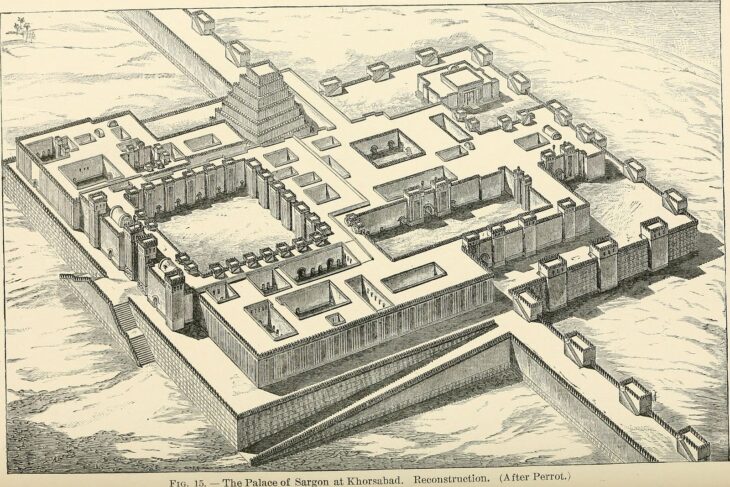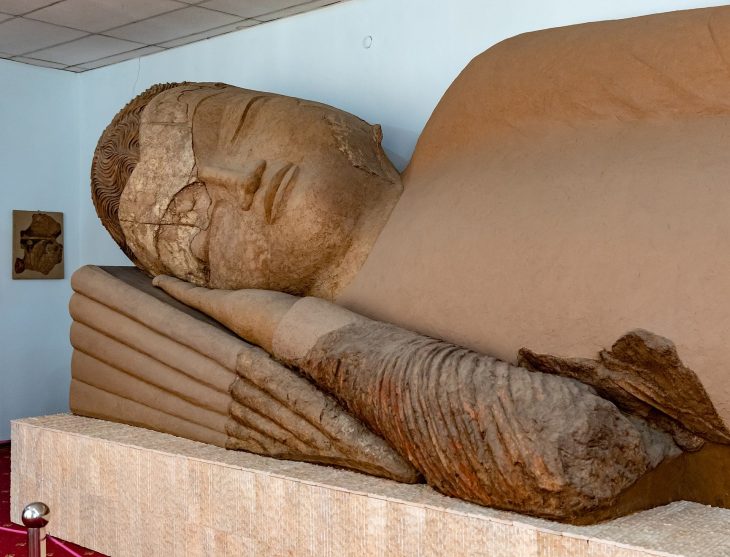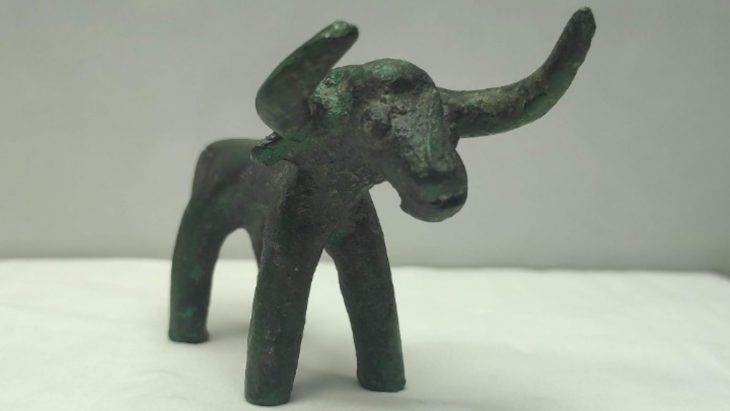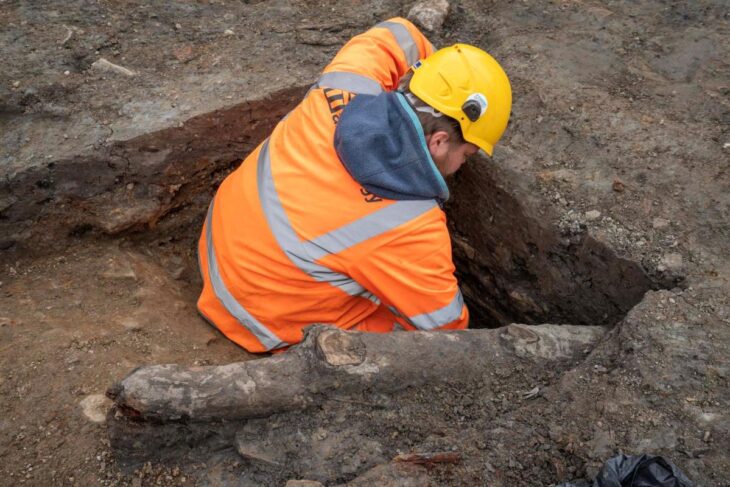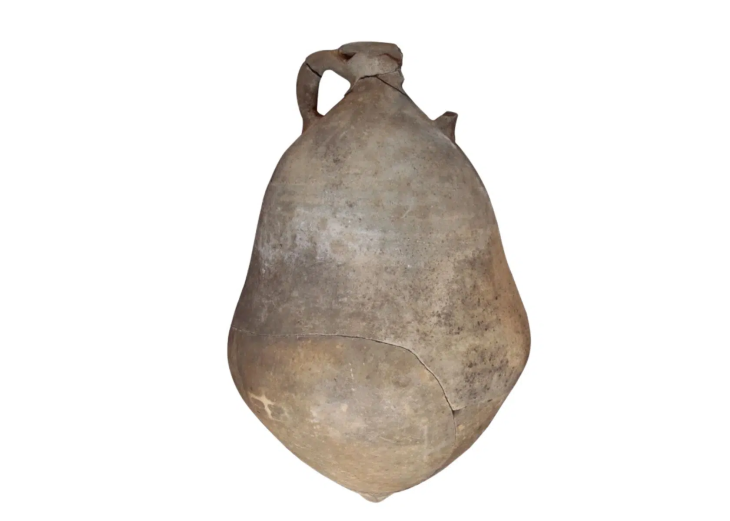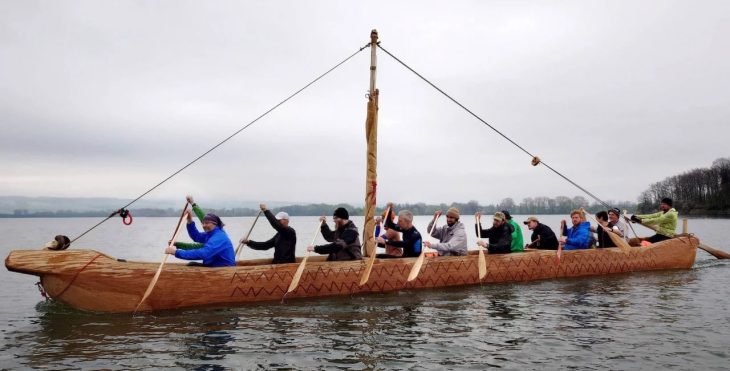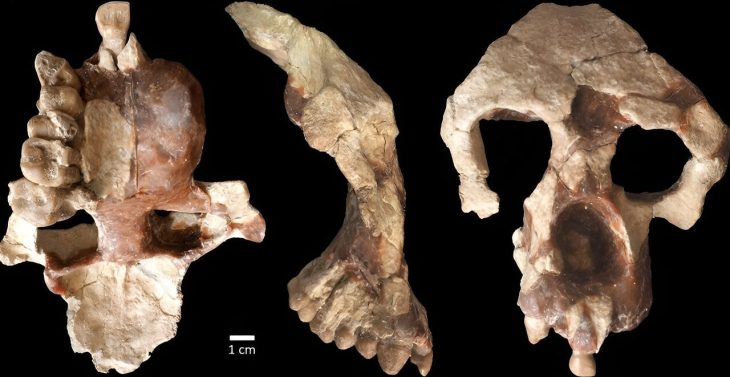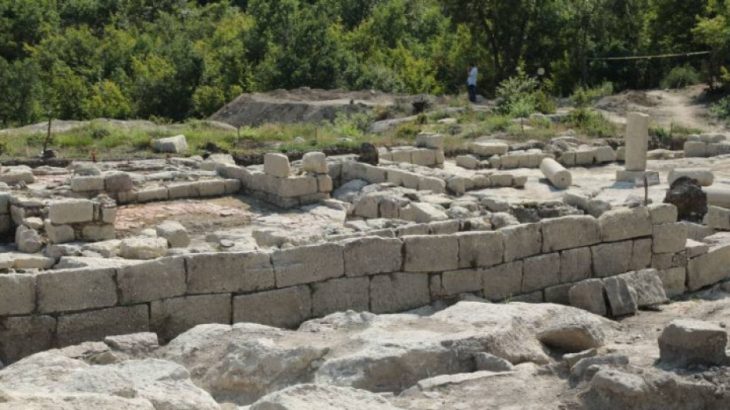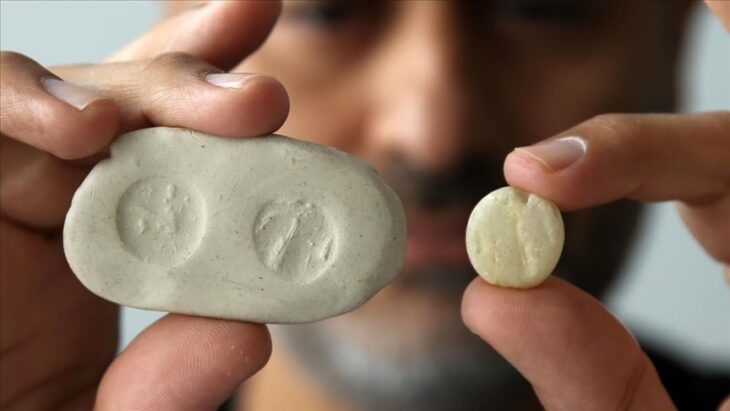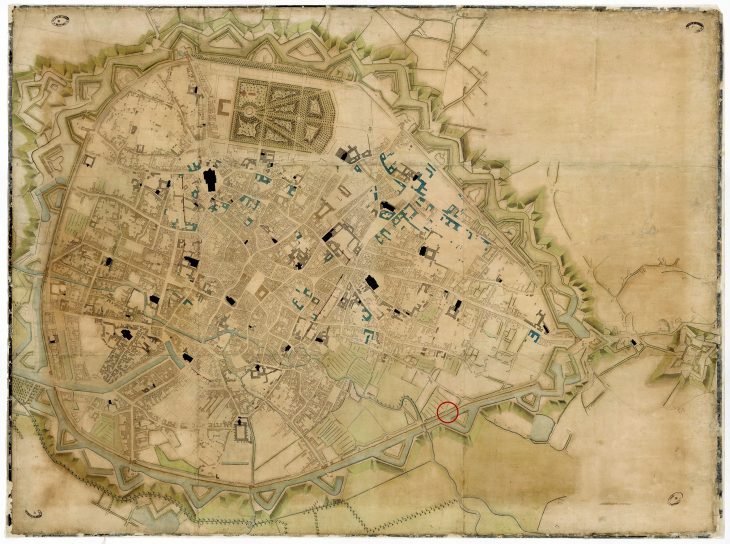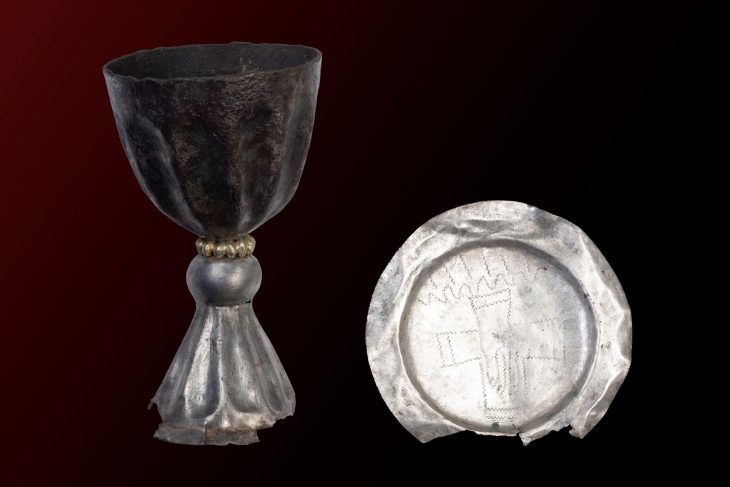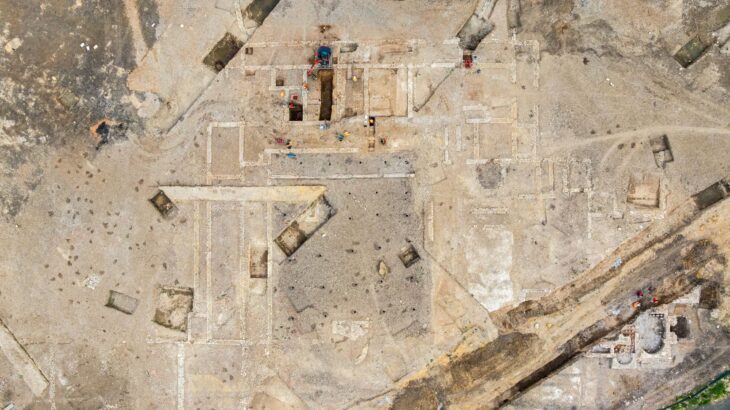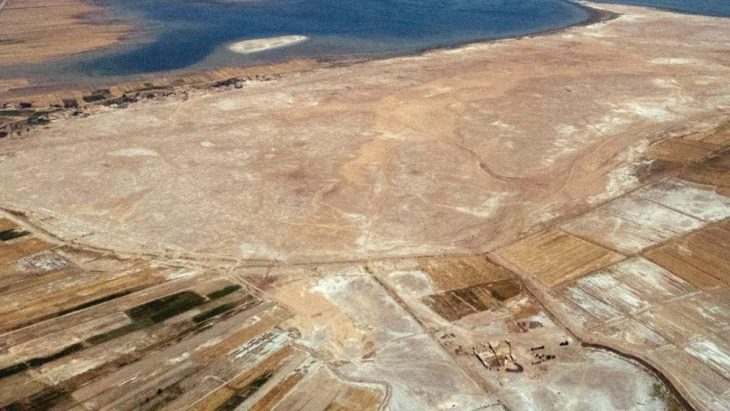Archaeologists from the Free University of Brussels (VUB) uncovered hand axes dating back 1.5 million years and discovered seven Paleolithic sites in an area of 10 by 20 km in Iraq’s Western Desert.
Ella Egberts, a researcher from VUB (Vrije Universiteit Brussel), traveled to Iraq in November and December as part of a pilot project aimed at searching for archaeological surface materials in the Al-Shabakah area.
These materials are intended to provide insights into the Iraqi Western Desert’s geomorphological history and explore the potential for preserving archaeological sites with Old and Middle Paleolithic artifacts. Egberts confirmed that the campaign was a great success
“The targeted fieldwork resulted in the discovery of seven Paleolithic sites in an area of 10 by 20 km,” Egberts stated. “One location was selected for a systematic study to determine the spatial distribution of the Paleolithic material and to conduct preliminary technological and typological analyses.”
The prospecting campaign focused on an area that housed a large lake during the Pleistocene, which is now completely dried up, with ancient wadis or dry riverbeds crossing the landscape. Egberts collected over 850 artifacts, ranging from very old hand axes from the Early or Old Paleolithic to Levallois reduction flakes from the Middle Paleolithic, all surface materials.
📣 Our WhatsApp channel is now LIVE! Stay up-to-date with the latest news and updates, just click here to follow us on WhatsApp and never miss a thing!!
“The other sites also deserve equally thorough systematic investigation, which will undoubtedly yield similar quantities of lithic material,” she added.
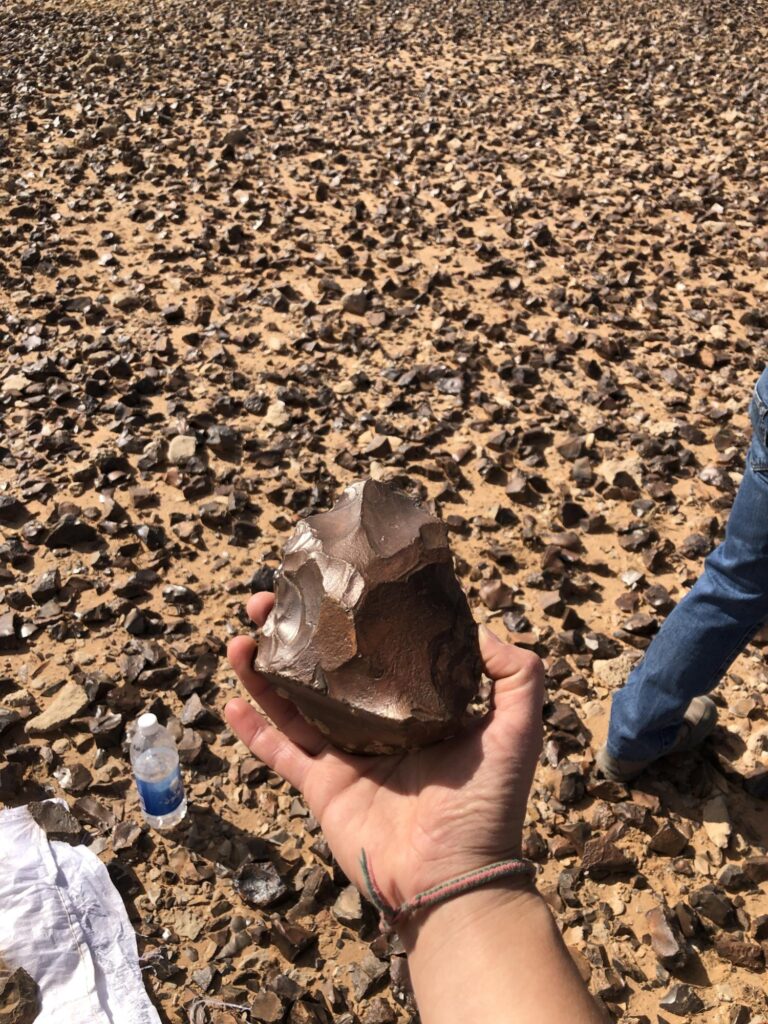
Egberts highlighted that the distribution of the sites, along with the advancing understanding of the region’s geomorphological history, reveals emerging clues about early human landscape use. She expressed her intention to expand her research to a larger area in the future, systematically sampling all the sites and conducting in-depth technological and typological artifact analysis. The new insights gained from Iraq are expected to be integrated into the broader understanding of human evolution and behavior on the Arabian Peninsula.
Egberts’ work in Iraq also includes an educational component. An essential part of the fieldwork involved training Iraqi archaeology students in geo-archaeology and Paleolithic archaeology. Three students accompanied the team in the field, and a workshop held at Al-Qadisiyah University after the fieldwork inspired many more students and academics about the Paleolithic period in Iraq.
At a conference in Karbala, the team shared their findings with a multidisciplinary academic audience interested in the history of the Western Desert. Additionally, they presented their results to the general public and the press at the Writers’ Union in Najaf. The team also had the opportunity to teach local elementary school children about prehistoric flint discoveries.
Egberts stated that her work in Iraq, a country often viewed as a “powder keg,” has proceeded much more smoothly than expected. She noted that, despite the presence of numerous checkpoints, the team was able to conduct their research without significant issues.
“The Iraqi State Board of Antiquities and Heritage appreciates our work and encourages us to continue,” Egberts said. She will now continue her research at VUB. “The next step will be to secure funding, with which I hope to reconstruct Pleistocene environmental changes and early human presence and behavior in the Western Desert.”
Her mission was funded by the British Institute for the Study of Iraq, a grant she qualified for due to her honorary fellowship at the University of Leicester in the UK. This collaborative effort not only illuminates the rich archaeological history of Iraq but also strengthens international partnerships that enhance the understanding of human evolution and cultural heritage in the region.
Free University of Brussels (VUB)
Cover Image Credit: Free University of Brussels (VUB)


